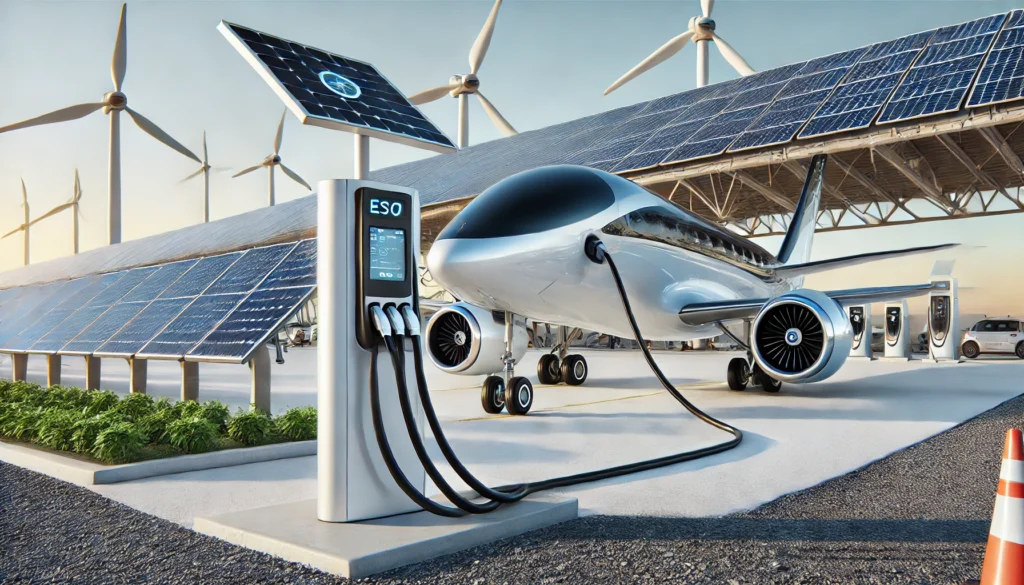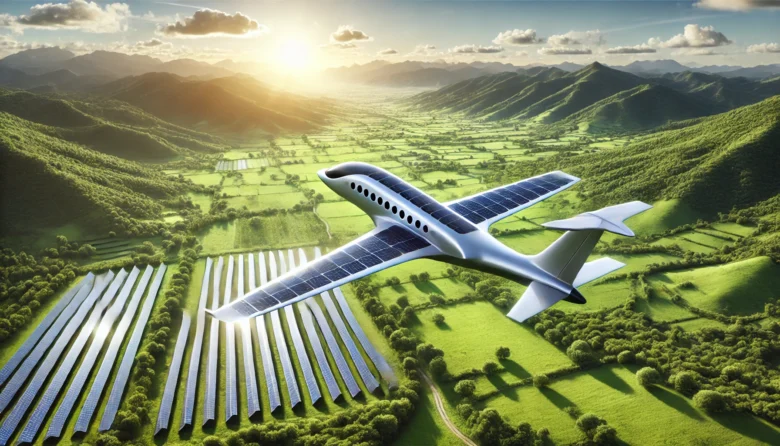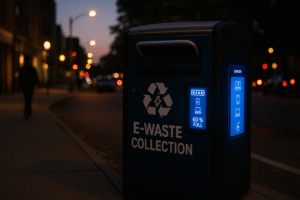Did you know that electric aircraft could reduce aviation emissions by as much as 75%? The idea of flying green isn’t just a dream anymore—it’s an unfolding revolution. In a world where climate change is a pressing concern, the future of electric aviation offers a silver lining, blending innovation with sustainability.
The Rise of Electric Aviation
Imagine boarding a plane that emits zero carbon dioxide (CO2), produces minimal noise, and operates at a fraction of the current fuel costs. Electric aviation, powered by advancements in battery technology and renewable energy, promises to make this a reality. The shift toward electric planes is not just a step forward for aviation but a giant leap for the planet.
The Need for Green Skies
The aviation industry currently accounts for nearly 2.5% of global CO2 emissions, with traditional jet fuel being a significant contributor. While these figures might seem small, the demand for air travel is only increasing, and so are its environmental consequences. Electric planes, however, can transform this narrative by utilizing clean energy sources and drastically cutting emissions.

Key Players and Innovations
Several companies and startups are racing to pioneer electric aviation. Here’s a quick look at some of the front-runners:
Eviation Aircraft: Based in Washington, USA, Eviation Aircraft specializes in all-electric regional planes. Their flagship aircraft, Alice, is designed for short-haul flights with zero emissions.
Joby Aviation: A California-based company focused on electric vertical takeoff and landing (eVTOL) aircraft, Joby Aviation is reimagining urban air mobility with its electric flying taxis.
Rolls-Royce: Known for its jet engines, Rolls-Royce is developing high-performance electric propulsion systems, demonstrating that legacy manufacturers are also embracing green aviation.
Airbus: This European aerospace giant has launched the ZEROe project, aiming to introduce a hydrogen-electric hybrid commercial aircraft by 2035.
Real-World Examples
Norway’s Green Goal: Norway plans to make all domestic flights electric by 2040. With abundant hydropower, the country is uniquely positioned to lead the electric aviation movement.
Harbour Air: This Canadian airline successfully tested an all-electric commercial seaplane, proving that retrofitting existing planes with electric engines is a viable option.
Challenges in Flying Green
While the potential is immense, the road to fully electric skies is riddled with challenges:
Battery Technology: Current batteries are heavy and less energy-dense compared to jet fuel. Innovations in lithium-ion and solid-state batteries are crucial for scaling up.
Range Limitations: Electric planes today are ideal for short-haul flights. Developing aircraft for long-haul routes remains a significant hurdle.
Infrastructure: Airports will need extensive upgrades, including charging stations and renewable energy integration.
Regulatory Hurdles: Certification processes for new technologies can be lengthy, slowing down adoption.
The Bright Side: Opportunities Ahead
Despite these challenges, electric aviation is a beacon of hope for a greener future. Governments and organizations are heavily investing in research and subsidies to accelerate progress. For instance, the European Union has committed significant funds to its Green Deal, which includes fostering electric aviation.
Moreover, technological breakthroughs such as distributed electric propulsion (DEP)—a system that uses multiple smaller engines—promise greater efficiency and safety. Coupled with advancements in lightweight materials, and these innovations are bringing us closer to a sustainable aviation industry.
What Flying Green Means for You
For passengers, electric aviation could mean:
- Lower ticket prices due to reduced operational costs.
- Quieter flights with less noise pollution.
- The satisfaction of reducing your carbon footprint.
For industries, it opens doors to new markets, innovation, and partnerships between aviation and energy sectors.
Conclusion: Soaring Toward a Sustainable Horizon
Electric aviation is no longer a futuristic fantasy; it’s an imminent reality. While challenges remain, the relentless drive of innovation and global commitment to sustainability are propelling the industry forward. The future of flying green represents a harmonious blend of technology, responsibility, and imagination.
As passengers and global citizens, we can support this transformation by choosing eco-friendly airlines, advocating for cleaner policies, and staying informed about the green aviation movement. After all, every small step contributes to a giant leap for our planet.
Author’s Note
Flying has always symbolized freedom and exploration. Electric aviation now embodies hope for a cleaner, greener future. Together, we can reimagine the skies!
G.C., Ecosociosphere contributor.





Comments
“This article is really informative and well-written!”
“Amazing post, keep up the good work!”